Physical Address
304 North Cardinal St.
Dorchester Center, MA 02124
Physical Address
304 North Cardinal St.
Dorchester Center, MA 02124
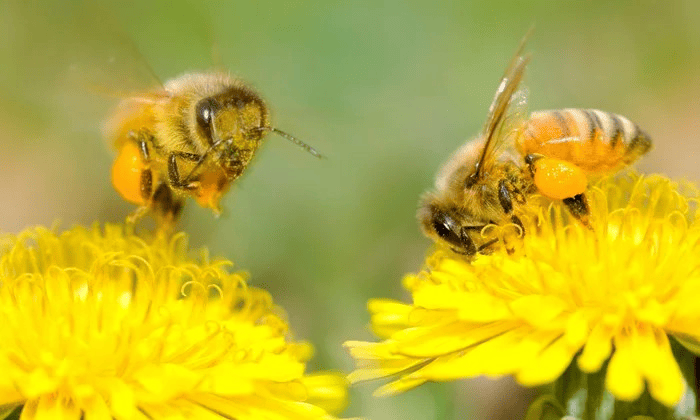
For centuries, wild edible weeds have been an abundant and free source of nutrition, medicine, and resilience. Yet today, they are labeled as “nuisance plants” and aggressively eradicated. Why? Because they can’t be patented, monopolized, or profited from in the same way as supermarket greens. The system thrives on control—control over food, health, and ultimately, people. If you can step outside your door and pick vitamin-rich plants for free, you’re breaking that control.
It’s no surprise that the same institutions pushing expensive pharmaceuticals and GMO crops have spent decades demonizing nature’s free superfoods. The truth is, these so-called “weeds” are packed with vitamins, minerals, and healing properties that rival anything you’d find in a health food store. And yet, most people pass them by, completely unaware of the power growing beneath their feet.
Let’s break free from the programming and rediscover the incredible benefits of these seven wild edible weeds you should start foraging today.
🚨 Important: Always make sure to correctly identify each plant before consuming. Some lookalikes can be toxic, so do your research and cross-check with reliable sources.
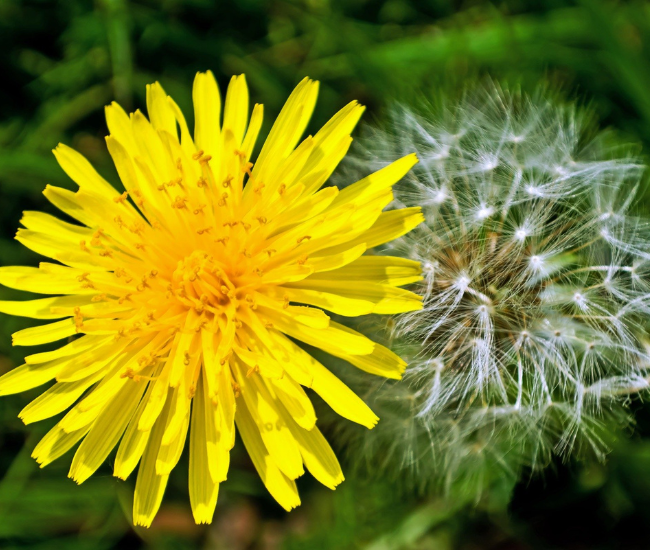
The ultimate example of a “hated” weed, dandelions are relentlessly sprayed with chemicals despite their impressive health benefits. Every part of this plant is edible—from the leaves and flowers to the roots.
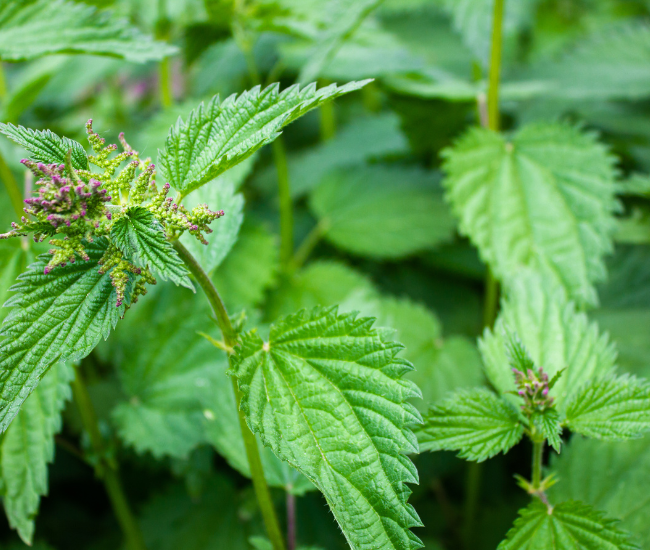
Stinging nettles may seem like a menace, but they’re one of the most nutrient-dense wild foods you can find. Rich in iron, magnesium, and protein, they’ve been used for centuries as a blood purifier and energy booster.
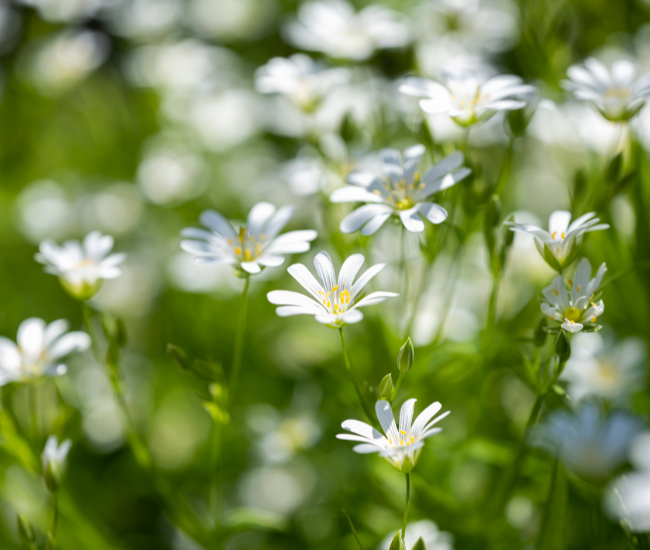
A common lawn invader, chickweed is actually a potent medicinal herb known for soothing skin conditions and respiratory issues.
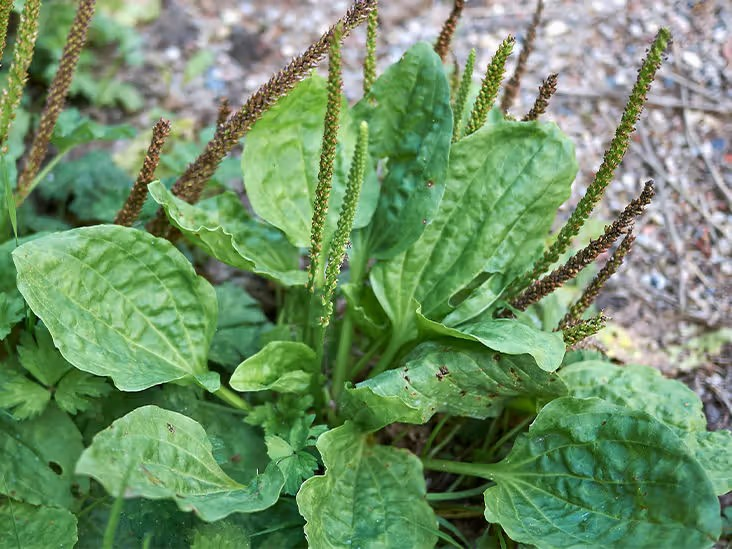
Not to be confused with the banana-like fruit, this common “weed” is one of the best natural remedies for wounds, insect bites, and digestive issues.
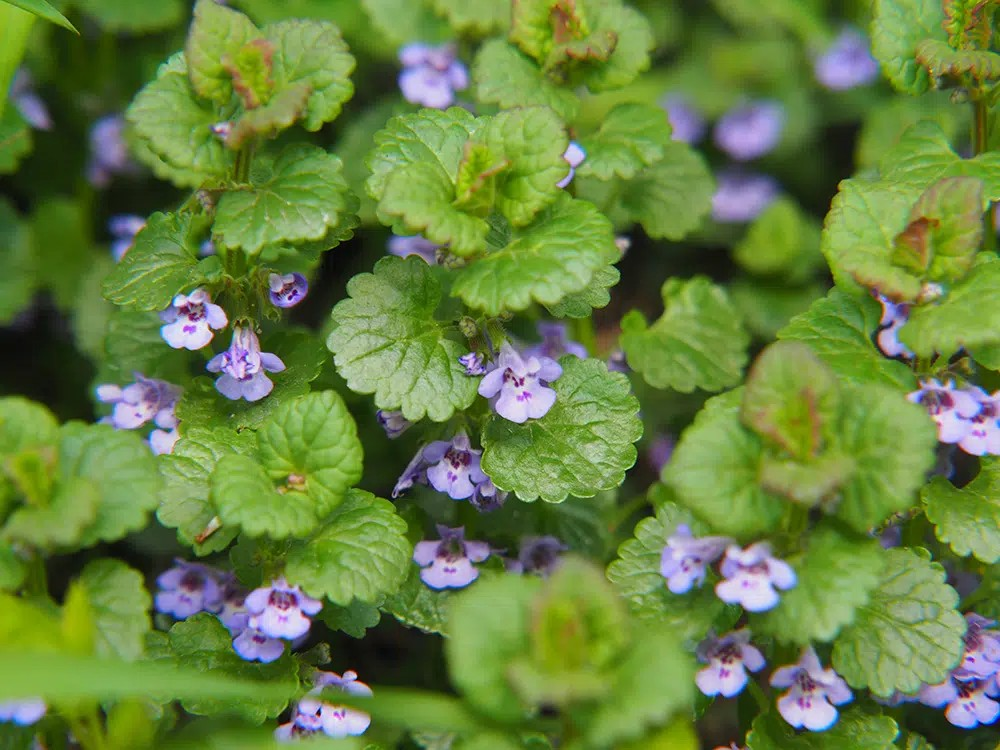
A creeping vine often dismissed as a pest, ground ivy has been used for centuries to clear mucus, boost immunity, and support lung health.
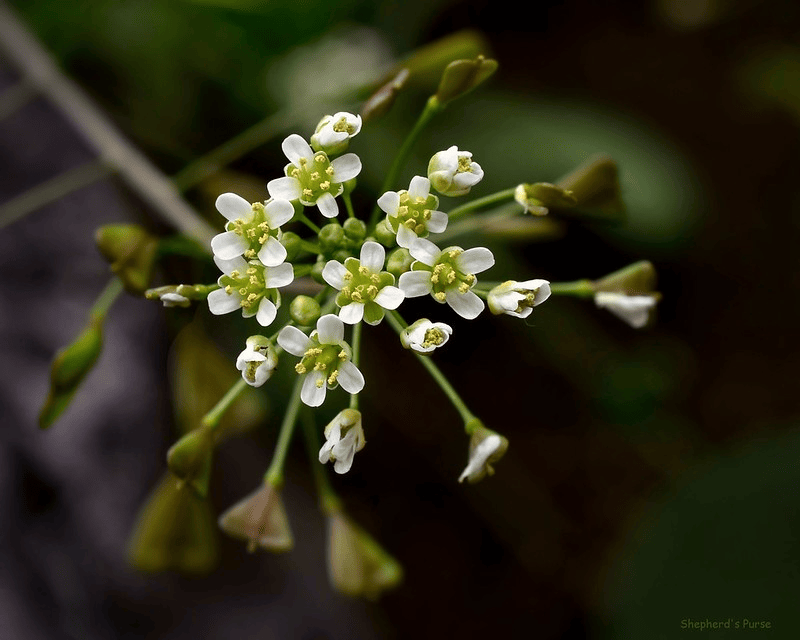
Known for its ability to stop bleeding and regulate circulation, this wild herb is often ignored in favor of synthetic medications.
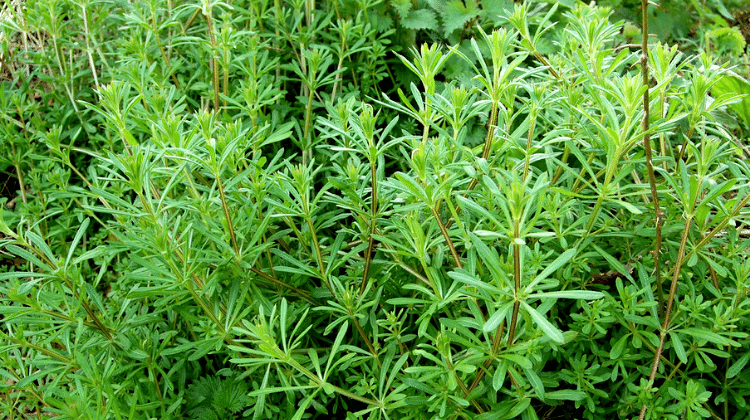
Often called “sticky weed” because it clings to everything, cleavers are a natural lymphatic cleanser and powerful detox herb.
The real reason these plants are demonized? They give people independence. If you can step outside and harvest your own medicine and nutrition for free, you don’t need to rely on corporations, supermarkets, or big pharma. That’s why the system works so hard to keep this knowledge buried—literally.
🚨 Remember: Always double-check plant identification before consuming. While these are common in the UK, some edible plants have toxic lookalikes. If in doubt, consult a good foraging guide or expert.
Another natural powerhouse you should look into is bee pollen, one of the most nutrient-dense superfoods on the planet. Check out our blog post:
👉 Bee Pollen: Nature’s Superfood to Fuel Your Body for the Fight Against Oppression
What do you think? Have you used any of these wild plants before? Can you add any new ones to our list? Drop your thoughts in the comments below!